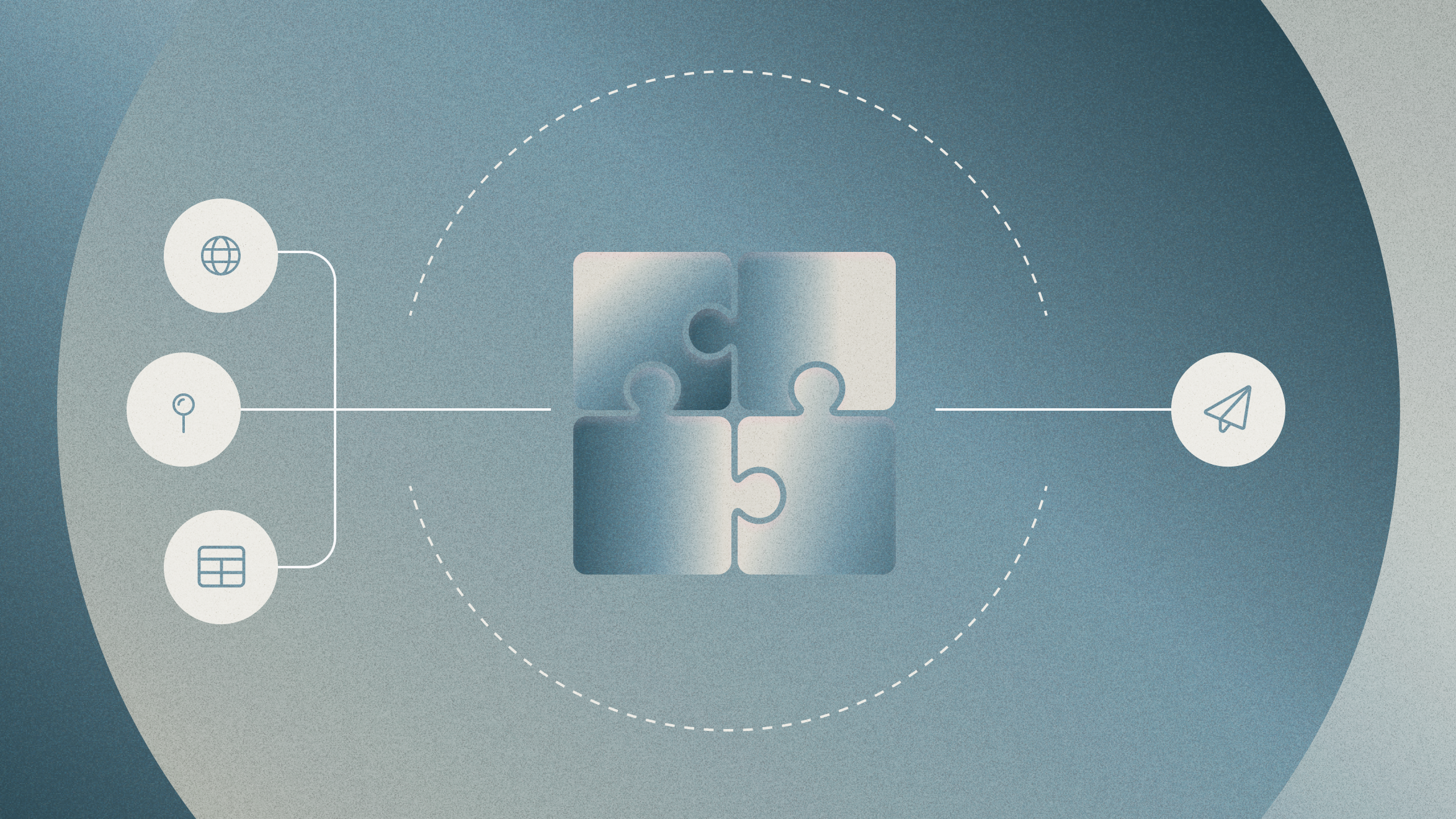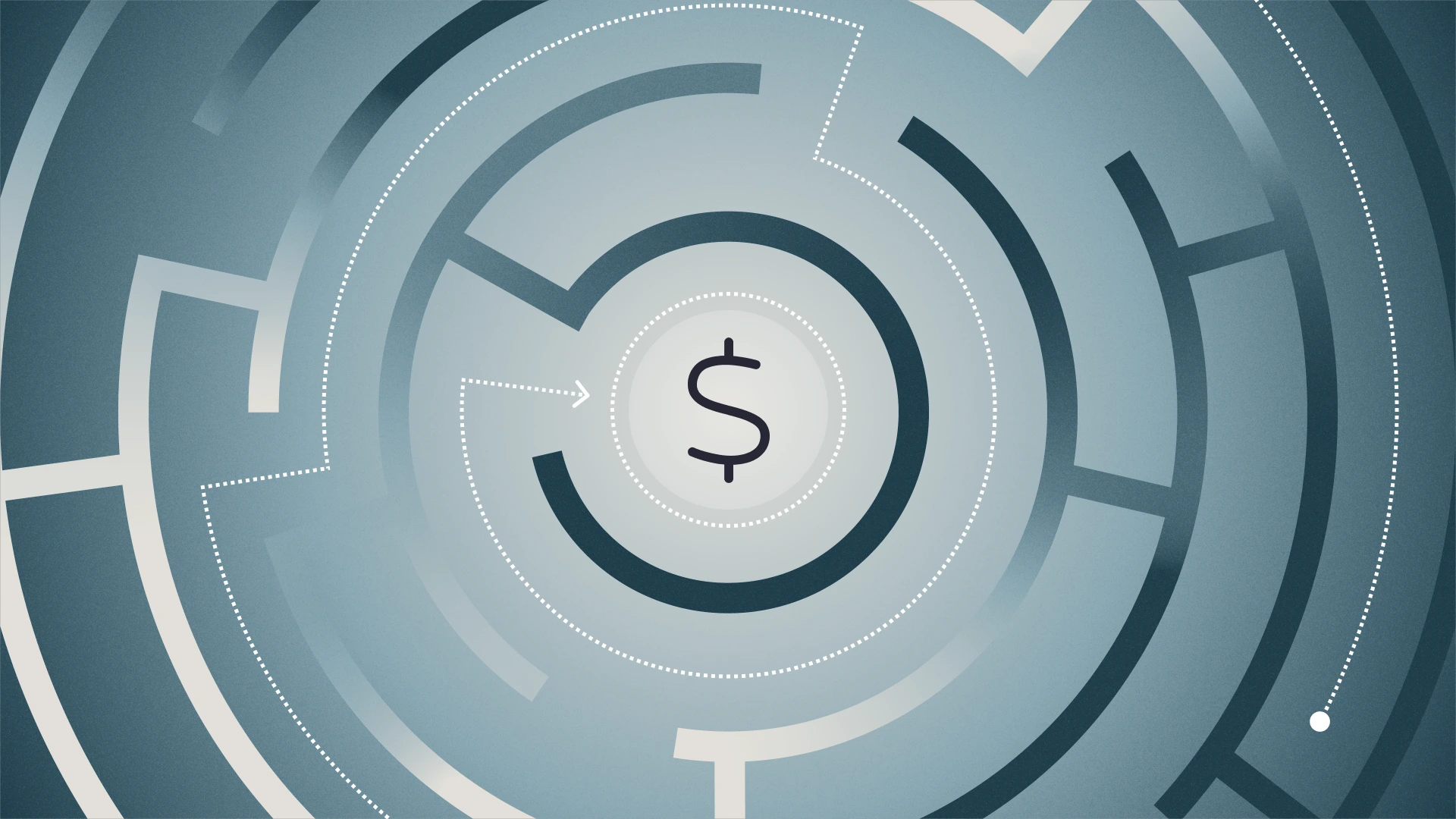Ecommerce Founder Guide: From sourcing to shipping

In part four of our five-part series, we’re breaking down the essential components of finding and evaluating the right manufacturer, leaning into product differentiation, and shipping strategies.
If you’re just joining us, check out part one on getting started, part two on establishing sound financials, and part three on building a brand.
Next, learn about how we acquired (and kept) our customers by turning them into fans.
Creating and delivering your product involves critical decisions about manufacturing, quality control, and logistics that significantly impact your costs and customer experience.
Here’s how we approached it at Mango Puzzles — and what you should keep in mind as you do the same.
Finding and evaluating manufacturers
The manufacturing decision is crucial for product quality and your unit economics.
There are three main components to keep in mind:
- Sourcing potential manufacturers: There are numerous online directories for finding manufacturers, like Alibaba for overseas suppliers or Maker’s Row for U.S. domestic suppliers. For scalability purposes, you’ll want to find a turnkey manufacturer that can source the components themselves and even handle the packaging if that’s how you want your product fulfilled.
- Evaluating manufacturers: When evaluating different manufacturers, consider their unit cost and minimum order quantity (MOQ), the quality of their materials, lead times, and manufacturing speed, as well as their customer service and communication styles. You should also evaluate their compliance and quality ratings, customer reviews, and other brands they’ve worked with.
- Communicating with manufacturers: Each manufacturer has an SLA for response time, preferred method of communication (e.g., through your online portal vs. legacy paper forms), and time zone they’re available to get back to you. If getting a quick reply is important to you, keep these factors in mind as you vet suppliers.
Domestic vs. international manufacturing
Whether you decide to go with domestic or overseas manufacturing can depend on factors like your product complexity, budget, lead time requirements, and branding.
For us, it made more sense to manufacture our puzzles overseas because of the impact on cost and the range of materials we were able to use. But overseas manufacturing also has its downsides: time zones, language and cultural barriers, longer shipping times, and ultimately, less oversight over the production process than might be possible if your manufacturer is closer to home.
Today, it’s important to consider bilateral relations with different producing countries and the tariff situation that could affect the import cost of your product.
Quality control and product differentiation
Focus on your special features. Know what differentiates your brand from competitors and never compromise on those features, even if you have to spend a little extra or jump through some extra hoops.
For us, it was eliminating puzzle dust. So when we had shortlisted manufacturers, we required them to show us their production process — triple sifting the pieces to eliminate the dust. It was also non-negotiable that our puzzles come with a reusable bag for the pieces, even though the bag increased our input costs.
These were key features of our product experience and what we believed were small, differentiated factors that made our puzzles a better product than our competitors.
Fulfillment strategy
Your fulfillment setup has a direct impact on costs, delivery speed, and customer satisfaction.
Here’s how to think through your options:
Fulfillment Method | Description | Advantages | Disadvantages |
|---|---|---|---|
Self-fulfillment | You store, pack, and ship orders yourself (e.g., from home or a small warehouse). |
|
|
Third-party logistics (3PL) | Inventory is sent to a fulfillment partner who manages storage, picking, packing, and shipping. |
|
|
Marketplace fulfillment | Selling on platforms like Amazon or Etsy and using their fulfillment services (e.g., Amazon FBA). |
|
|
We started Mango Puzzles doing self-fulfillment. We saw this business as an opportunity for us to learn and understand product-market fit and start by ordering the minimum order quantity. Because of this, we wanted to have complete control over our inventory and also keep investments and costs as low as possible.
With that said, this approach has limits. As your company grows, choosing a fulfillment partner makes a lot of sense because you may not be able to service all of your orders yourself.
Shipping strategy and pricing
How you price shipping can meaningfully affect conversion rates and customer satisfaction. Should you offer free shipping, bake it into your product price, or charge it separately?
Initially, we factored the cost of shipping into our product price, offering “free shipping” on the site. But this wasn’t actually effective for us — our customers preferred to pay a lower price for the product and extra for shipping.
What did work for us was bundled pricing and free shipping. If a customer purchased all three puzzles in a collection (worth $75), we offered them free shipping on their order.
You’ll need to experiment to find what works in your particular niche and for your customer base.
Here are some actionable tips to keep in mind as you test different strategies:
- A/B test free shipping vs. separate shipping costs: Run experiments with one group seeing “free shipping” and another seeing itemized shipping. Measure conversion rates and cart abandonment.
- Experiment with price anchoring: Try pricing your product slightly lower and adding shipping, vs. pricing it higher and offering free shipping. Track which structure drives more purchases.
- Use shipping thresholds to increase order value: Offer free shipping if customers spend over a certain amount.
- Be transparent at checkout: Surprises kill conversions. Make sure shipping costs are clearly shown before the final step of checkout.
- Match customer expectations for your industry: In some industries (like premium DTC), free shipping is expected. In other cases, separate charges are more acceptable.
Choosing your logistics partners and fulfillment strategy can be confusing for first-time ecommerce entrepreneurs. Tackling each decision one by one, starting with initial sourcing, manufacturer vetting, and fulfillment options, can make this process more digestible.
In our final part of this series, we’re talking about turning your early customers into fans.



